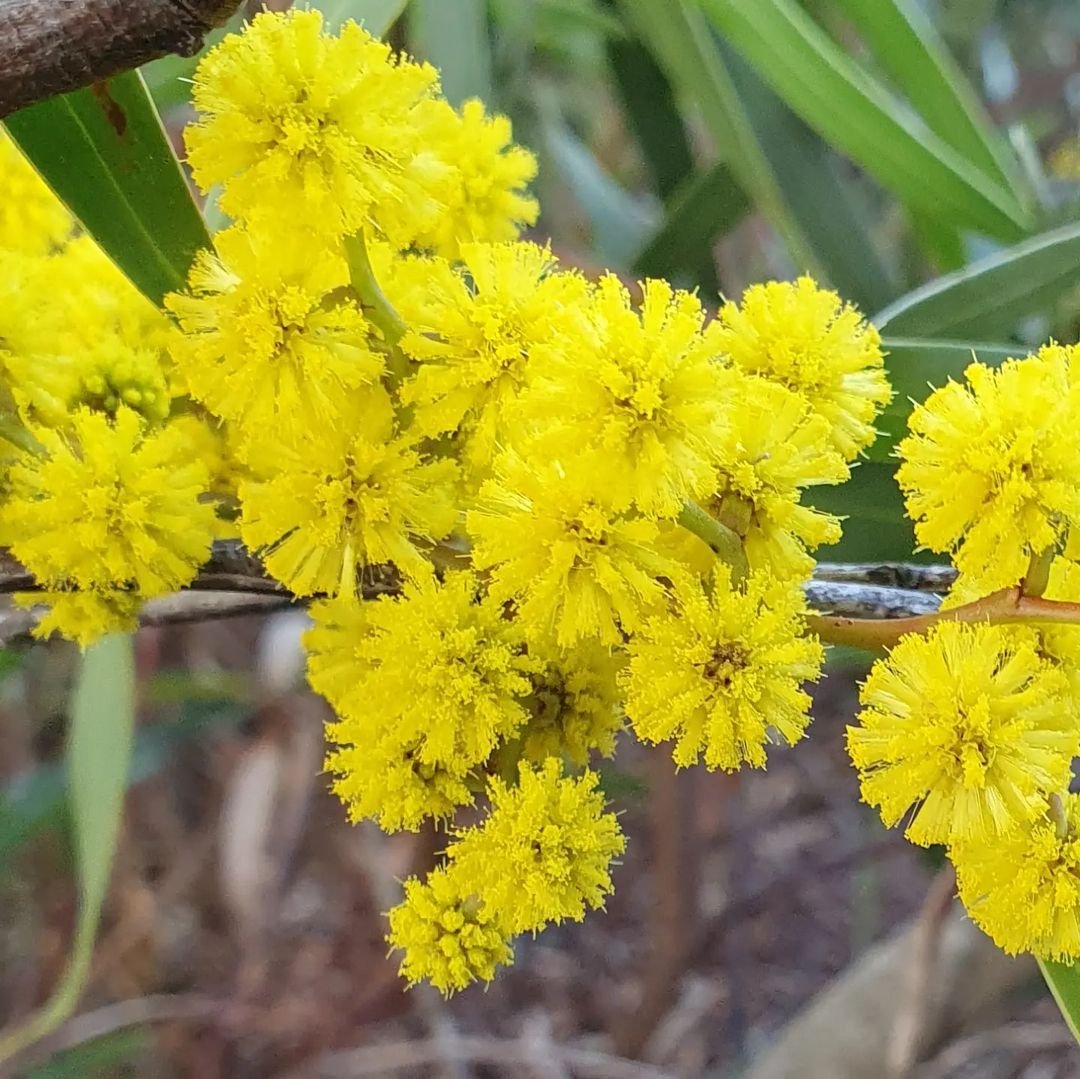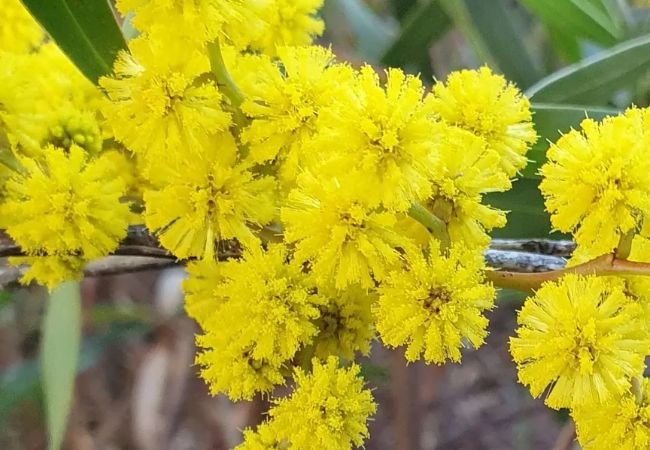Discover how to grow and care for acacia flowers, their ecological benefits, and creative uses. Perfect for gardeners seeking drought-resistant, pollinator-friendly trees.
As a gardener with over a decade of experience, I’ve always been captivated by the golden blooms of acacia trees. Their delicate, sunshine-colored flowers not only brighten landscapes but also support local ecosystems. Whether you’re new to gardening or a seasoned pro, this guide will help you unlock the secrets of growing acacia flowers, from planting tips to creative uses. Let’s dive in!
Here’s an information chart for Acacia flowers (Acacia spp.):
| Aspect | Details |
|---|---|
| Botanical Name | Acacia spp. |
| Common Name | Acacia, Wattle |
| Plant Type | Perennial tree or shrub |
| Hardiness Zone | Zones 8-11 |
| Sun Exposure | Full sun |
| Soil Type | Well-drained, sandy or loamy |
| Watering | Low to moderate, drought-tolerant |
| Growth Habit | Upright, spreading |
| Height/Spread | 6-30 feet tall, 15-20 feet wide (varies by species) |
| Special Features | Fragrant, fluffy yellow or white flowers; nitrogen-fixing; attracts pollinators; drought-resistant |

Acacia flowers are the vibrant, often fragrant blooms of the acacia tree, a genus with over 1,000 species. These trees are native to Australia, Africa, and the Americas and thrive in warm, arid climates. Their flowers range from creamy whites to bright yellows and attract pollinators like bees and butterflies, making them a gem for eco-conscious gardeners .
Why Grow Acacia Flowers?
- Drought-resistant: Perfect for water-wise gardens (a top 2025 trend!) .
- Pollinator magnets: Support bees and butterflies with their nectar-rich blooms .
- Versatile beauty: Use them in landscapes, cut arrangements, or even herbal teas.
Types of Flowering Acacia Trees
Not all acacias are created equal! Here are my top picks for U.S. gardens:
- Acacia dealbata (Silver Wattle): Known for its silvery foliage and golden puffball blooms. Ideal for Zones 8–10.
- Acacia baileyana (Cootamundra Wattle): Compact, with fern-like leaves and lemon-yellow flowers. Great for small spaces.
- Acacia farnesiana (Sweet Acacia): Fragrant, pom-pom-shaped flowers that smell like violets. Thrives in the Southwest.
Pro Tip: Check your USDA hardiness zone before planting. Most acacias prefer Zones 9–11 but can adapt with care .
Growing Acacia Trees: 10 Years of Lessons Learned
1. Planting Basics
- Sunlight: Full sun (6–8 hours daily).
- Soil: Well-draining, sandy, or loamy. Avoid heavy clay—I learned this the hard way when my first acacia succumbed to root rot!
- Water: Minimal once established. Water deeply but infrequently to mimic their native arid habitats .
2. Pruning for Health & Shape
Prune in late winter to remove dead branches and encourage airflow. My Silver Wattle rebounded beautifully after a harsh prune, blooming twice as vigorously the next season!
3. Pest Control
Watch for aphids and borers. A mix of neem oil and water (1:10 ratio) works wonders. For severe infestations, introduce ladybugs—they’re nature’s pest control!
Benefits of Acacia Flowers in Your Garden
- Eco-Friendly Landscaping:
- Acacias fix nitrogen in the soil, reducing the need for fertilizers .
- Their deep roots prevent erosion—perfect for sloped gardens.
- Wildlife Support:
- Bees adore their pollen, and birds nest in their branches. My backyard became a hummingbird hotspot after planting Sweet Acacia!
- Low Maintenance:
- Perfect for busy gardeners. Once established, they thrive on neglect (just like my rosemary bushes!).
Common Challenges & Solutions
| Issue | Solution |
|---|---|
| Yellowing Leaves | Overwatering! Let soil dry completely between waterings. |
| Poor Flowering | Ensure full sun. A phosphorus-rich fertilizer in spring can boost blooms. |
| Frost Damage | Mulch heavily in fall. Cover young trees with frost cloth during cold snaps. |
Creative Uses for Acacia Flowers
- Cut Arrangements: Pair their golden blooms with eucalyptus for a rustic centerpiece.
- Herbal Remedies: Acacia honey is prized for its antibacterial properties. (Note: Always consult a professional before ingesting.)
- Dyeing Fabric: Simmer flowers to create a natural yellow dye—a fun DIY project!
FAQs: Your Questions, Answered
Q: How fast do acacia trees grow?
A: Most species grow 2–3 feet per year. My Cootamundra Wattle reached 15 feet in 5 years!
Q: Are acacia flowers toxic to pets?
A: Some species can be. Check the ASPCA database or consult your vet.
Q: Can I grow acacia in containers?
A: Yes! Dwarf varieties like Acacia cognata work well. Use a gritty potting mix .
Final Thoughts
Acacia flowers are more than just pretty faces—they’re resilient, eco-friendly, and brimming with life. Whether you’re designing a drought-tolerant garden (a top 2025 trend!) or creating a pollinator paradise, these golden beauties deserve a spot in your landscape.
Ready to grow your own? Share your acacia journey with me on USA Garden Hub’s Facebook group!


15 thoughts on “Acacia Flowers : Nature’s Golden Beauties”